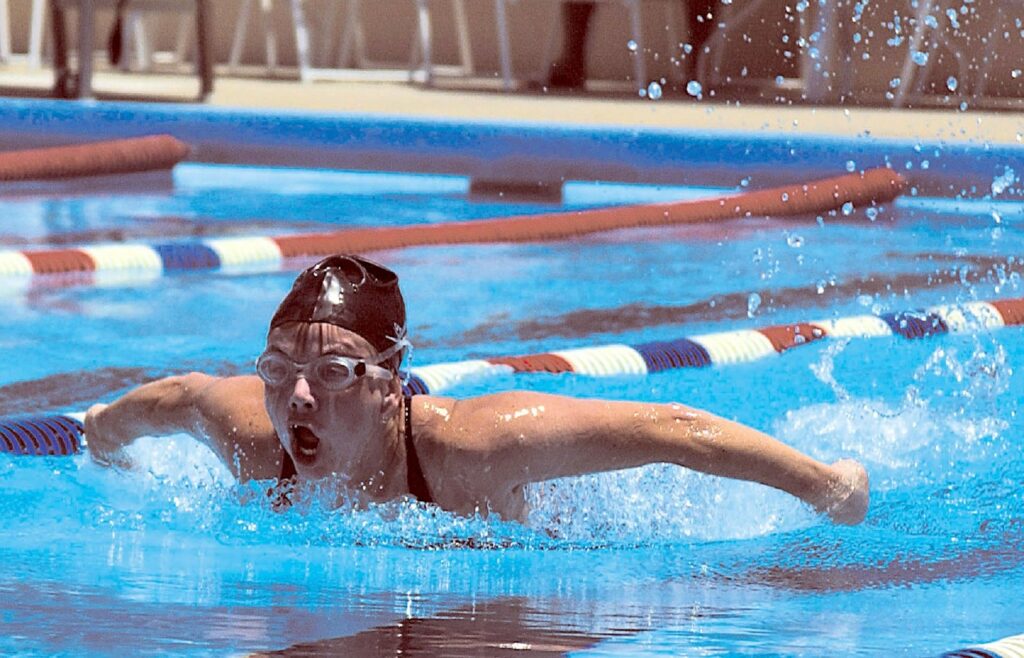
Swimming records refer to the fastest times achieved by swimmers in various competitive events. These records are recognized and maintained by governing bodies such as FINA (Fédération Internationale de Natation), the international swimming federation. Here are some key points about swimming records:
1. Types of Records: Swimming records are typically categorized by the type of stroke (e.g., freestyle, backstroke, breaststroke, butterfly) and the distance of the race (e.g., 50 meters, 100 meters, 200 meters, etc.). Additionally, there are records for individual events and relay events, where teams of swimmers compete together.
2. World Records: World records are the fastest times ever recorded in each event. These records are recognized as the pinnacle of achievement in swimming and are highly sought after by elite swimmers. World records are typically set at major international competitions such as the Olympic Games, World Championships, and other prestigious events.
3. National Records: National swimming federations also maintain records for their respective countries. These records represent the fastest times achieved by swimmers from a particular nation in each event. National records are often used to track the progress of swimmers within their own country and can serve as milestones for aspiring athletes.
4. Age Group Records: Age group records recognize the fastest times achieved by swimmers in specific age categories, such as 10 and under, 11-12, 13-14, etc. These records provide young swimmers with goals to strive for as they progress through their swimming careers and can serve as indicators of talent and potential.
5. Progression of Records: Swimming records have been steadily improving over time as athletes and coaches continue to push the boundaries of human performance. Advances in training techniques, nutrition, equipment, and sports science have contributed to the steady progression of swimming records across all events and distances.
6. Technological Advances: Technological advancements, such as the development of high-tech swimsuits and improved pool facilities, have also played a role in the evolution of swimming records. While controversial at times, these innovations have enabled swimmers to achieve faster times and break longstanding records.
7. Legacy of Records: Swimming records serve as a testament to the dedication, talent, and perseverance of elite athletes who have reached the pinnacle of their sport. Breaking a world record is a rare and prestigious achievement that cements a swimmer’s legacy in the annals of swimming history.
Overall, swimming records represent the pinnacle of achievement in the sport and provide inspiration and motivation for swimmers of all levels to pursue their goals and dreams in the water.



